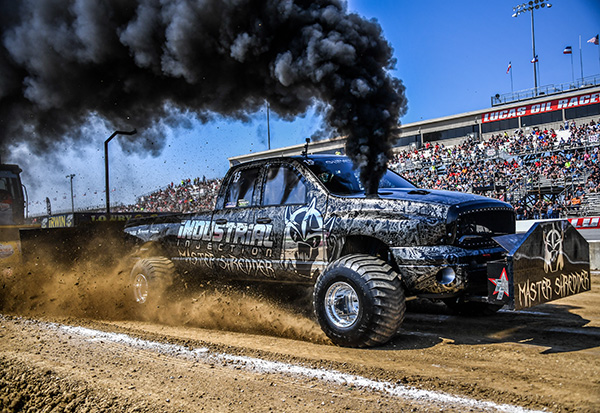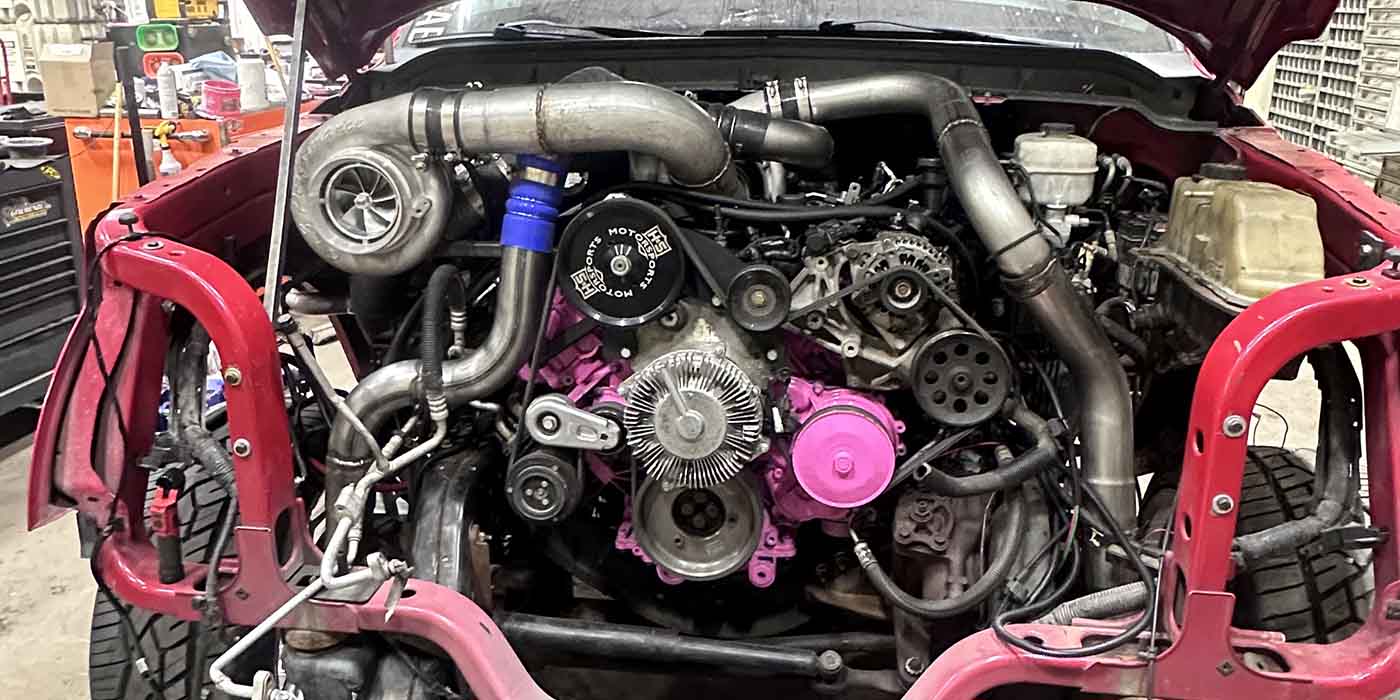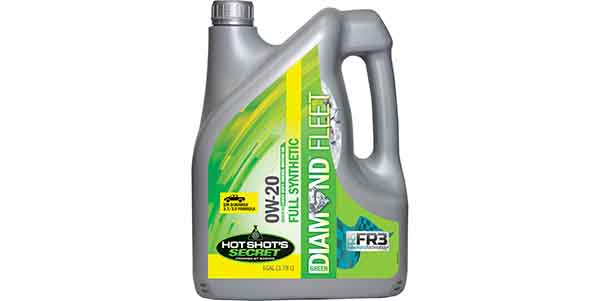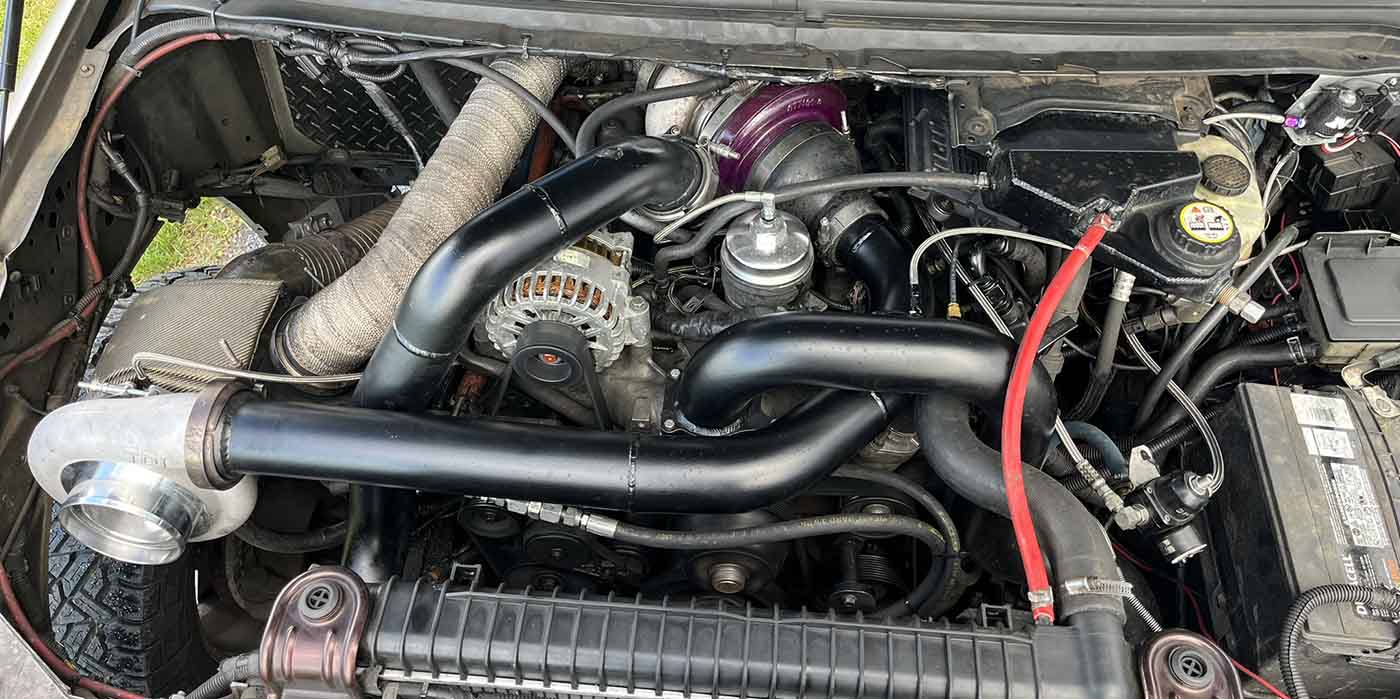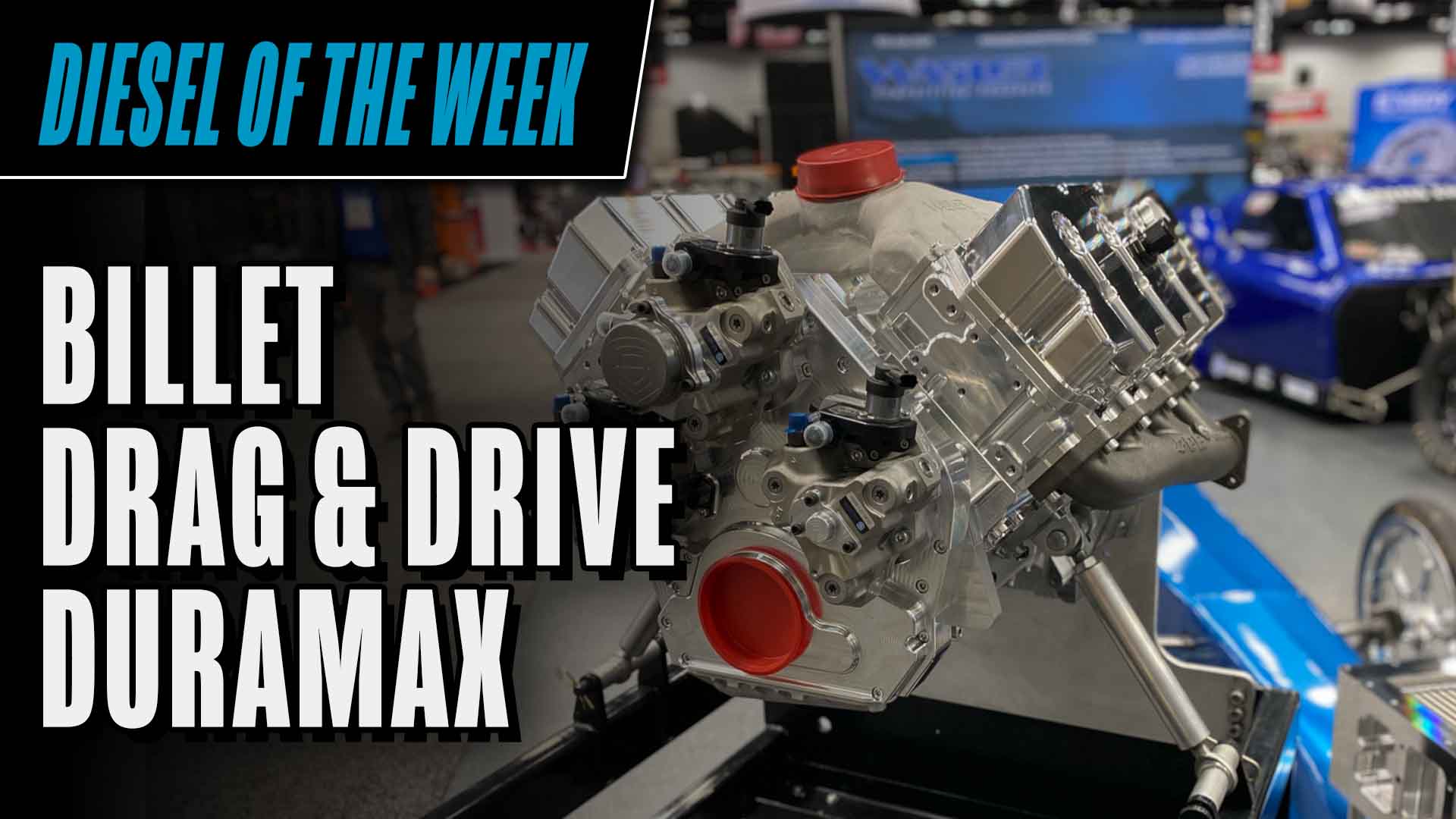If you’ve been paying any attention to the competition diesel scene, then I don’t have to tell you that these shops and individuals are changing the game right before our eyes. It was once nearly impossible to think of a diesel engine as having similar performance characteristics of a gas engine, but that’s exactly where the diesel segment finds itself today. The diesel guys are closing that gap on gas, and it’s awesome to watch.
One of the best events to see this performance on display is the Ultimate Callout Challenge. If you’re unfamiliar with the event, which has been showcasing the country’s best overall diesel trucks since 2016, go check out our feature on it in the May 2021 issue, or search our website. For a quick overview, the UCC pits roughly 30 competitors against one another across three disciplines – drag racing, a dyno competition and a sled pull. Winners are named for each event, and the one with the most points at the end, captures the crown – that is, if they survive the grueling competition, which takes place at Lucas Oil Raceway in Brownsburg, IN.
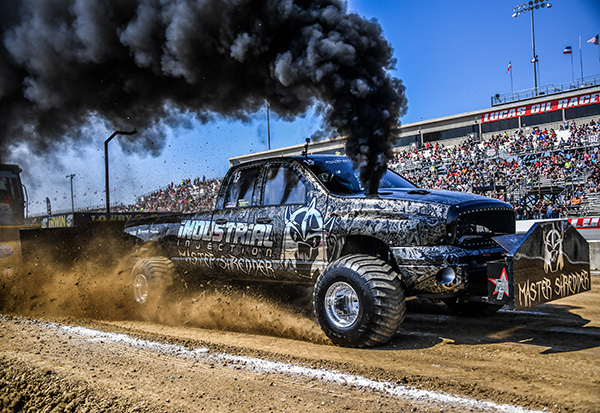
For this year’s event, much of the same can be expected, with two major changes – a new date and a new rule. For 2022, the Ultimate Callout Challenge will take place from June 3-5, rather than the back half of May, and competitors can now bring two trucks instead of only one. We caught up with Chris Searle, UCC’s marketing event coordinator, to hear more about these changes and what it means for the ultimate diesel showcase that is the UCC.
“We’ve always wanted to move the date of the event a little bit because being in the Midwest, that’s planting season,” says Chris Searle. “When we originally moved the event out to the Midwest we were in April, which was in the middle of planting season for that area. We moved it to May and we couldn’t move it back any further because you run into Mother’s Day and then the Indianapolis 500, which we didn’t want to compete with.
“We’ve teamed up with Firepunk on their ODSS (Outlaw Diesel Super Series) event and merged them together. The first weekend in June used to be the weekend that Firepunk did their event – Outlaw Diesel Revenge. That’s why we never moved it any further is because, once again, trying to grow the industry, we try really hard not to take away from other events that happen through the summer. We want every event to be successful, including ours, because that’s the way the industry grows.”
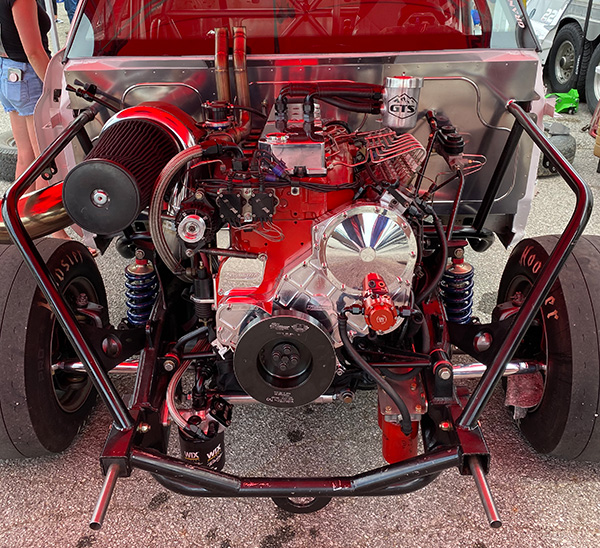
When the ODSS event joined the UCC weekend, it freed up those dates in early June, so the move was made for 2022, which Searle says should make the event easier to attend for competitors and fans.
“In the Midwest, if it’s a rainy spring and they have late planting, all the planting should be done by then so we can get more fans out for the competitors and make it easier on the fans,” he says. “We’re hoping the first week of June still gives us warmer weather and less rain, but it still hasn’t hit the really hot summer days and the humidity – that’s our hope.”
Another change the fans should enjoy, and one that increases the strategy for competitors, is a rule change to allow for a second truck per team. This isn’t a mandatory rule, but an optional one, and Searle suspects it’ll add a lot to the competition.
“We’ve now allowed the UCC competitors the choice to bring two trucks to the event rather than just one,” Searle says. “It is up to them how they want to utilize the truck. The only limitation that we’ve placed on it is we now set a weight class in the sled pull. We didn’t want to take out allowing the drivers to have six cut tires if they wanted for the sled pull.
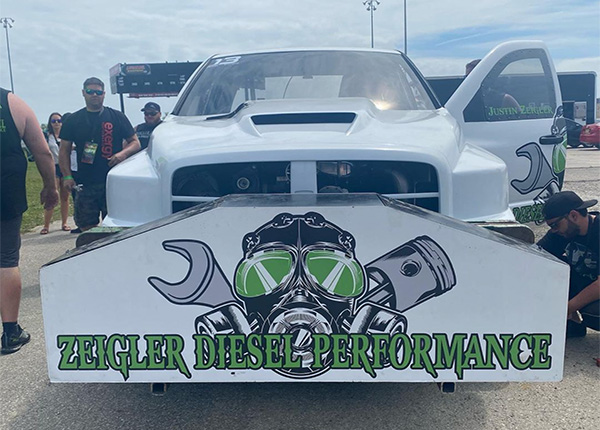
“The new rule for the sled pull is it has to be a stock frame that can be slightly modified, so it can’t be a rail, but it can be slightly modified, or it has to be the same truck they drag race in. That still allows the competitors who do bring one truck geared more toward drag racing, to be able to sled pull still. They have the option. They can do the ironman with one truck or they can bring two trucks. Which competition they choose to put the trucks in is completely up to them.”
Searle told us the reason the UCC went ahead and made this decision was for the innovation and growth of the diesel industry. In 2016, when the UCC started, it was exciting to see Firepunk do a quarter-mile, 9-second pass. Now, diesel fans can witness 3-second passes in the eighth mile.
“It’s very difficult for people to build a truck that can go that fast, but then maintain the weight and the ability to sled pull,” Searle says. “We just felt that the UCC had hit a point where we didn’t want it to hinder the growth of the diesel drag racing, because we’ve seen such growth over the last couple years, especially in that arena. We wanted to make sure that growth continued. We wanted to come up with a way that we could support this.
“Our hope is by making this move, we see a lot of the competitors continue to focus on drag racing with their trucks and then teaming up with a sled puller to join their team or to bring a sled pulling truck with them.”
According to Searle, this rule change has been received fairly well. For a competition that made its name based on the ironman, one-truck triathlon, some backlash might have been expected. That hasn’t been the case.
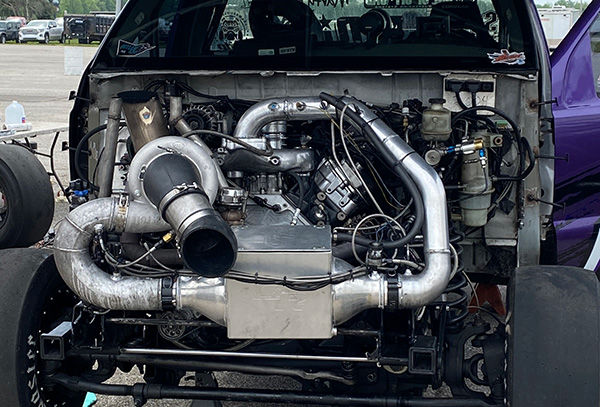
“The competition level is so much higher than it was six or seven years ago with times and pulls and even the dyno numbers,” he says. “This just allows us to really push those limits. This also balances out the three events for us. Because drag racing was so competitive, a lot of the points were really tipping to that one event, which kind of made the other events not as critical with the points, and by doing this, it really evens out those points because you have to think of the whole event now.
“Now, it’s a matter of doing great in drag racing, being up there on the numbers for the dyno, but now that we have actual pullers or people who could bring pull trucks, competitors have to make sure they’re doing at least a full pull, if not further.”
The rule change and its acceptance by competitors makes the 2022 UCC event a much more strategic one. You could see a competitor come out with a truck he plans on drag racing and sled pulling with, and another truck he’s built just to wreck the numbers on the dyno. Or, you could see a competitor with a drag truck and a sled pull truck and have to choose one of those two for the dyno competition. Searle says the competitors are keeping their intention to bring one or two trucks close to the chest, so not to give away their hand early.
“A lot of the people bringing a second truck are keeping that second truck super top secret,” he says. “I know that because I’ve been trying to get information for our program and the competitors won’t tell me. I’ve had to keep the info very general and vague because the ones that want to bring a second truck or are thinking of it are really kind of keeping that as their ace in the hole to really mix up the competition. That’ll be great for fans to see everybody unveiling what they’re planning to do for that weekend. That’s when you’re going to see competitors need to change their plan a little bit once they look at the pit next to them and see what they’ve got going on.”
As mentioned, competitors will have a couple options. They can still compete with just one truck, but if they come with two, they could implement that truck in a few different ways.
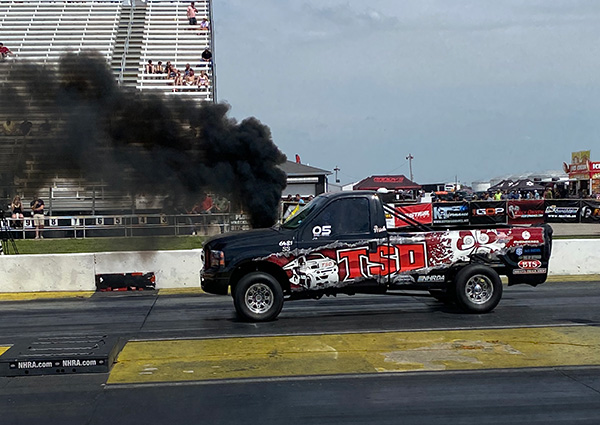
“If I was a betting man, I would say the commonality would be to make a drag truck and make a sled truck,” Searle says. “One is lightweight, quick and fast, while the other is heavy and robust. Then, pick between one of those two for the dyno. You do run the risk if you’re putting your sled pull truck on the dyno that something will break, because the sled pull competition is the next day.
“That being said, you have a lot of great teams out there that have great, fast trucks. Take the Dirty Hooker team for example. They’ve got a great, fast truck that also does amazing on the sled pull. They have multiple options though, because they’ve also got Last Minute Hooker, which is really fast, but then they’ve got Tony’s Dirty Hooker sled pull truck. They could go different routes with it.
“It’ll make for a tricky competition. This move adds a new element to the competition that I think will take this year for the fans to really understand, but a lot of the competitors have really embraced it.”
Since this rule change leaves less wiggle room for competitors to take it easier on a certain event than others, it should provide the fans with a better overall experience.
“Every competitor who shows up for the UCC is going for the title,” Searle says. “No one’s just showing up because it’s an event. They’re going there to compete. They’re going out there to be the best, if not in the top three. They put a lot of time and effort into getting ready.”
The UCC is known for the punishment it can dish out, so this new rule also gives a team another option should a truck break down. This allows them to maybe compete further along in the competition, which is ultimately better for the fans and competitors.
“We’ve traditionally started with 30 trucks, and after drag racing, we maybe lose five or six of those competitors before the dyno,” he says. “Now you’re down closer to 20 and then they get on the dyno and have a catastrophic thing happen. By the time the sled pull rolls around, we may only have 12-13 trucks that are still able to pull for the win. We’re really hoping that this will increase those numbers so we’re able to keep closer to the 30 competitors in all three events. That gives more for the fans to see.”
And speaking of more for the fans to see, that’s something the UCC has gotten very good at. Bringing in the ODSS and Firepunk’s Outlaw Diesel Revenge series of racing provides extra excitement, as does the DPI Expo featuring more than 100 vendors, the AMSOIL Show N Shine, and the Northwest Dyno Circuit dyno available to attendees.
As for UCC competitors, the 2022 edition will once again see the pinnacle of diesel performance on display. Searle expects there to be eighth-mile runs of 4-5 seconds, and maybe some in the 3s. On the dyno, the 3,000-horsepower mark is the new goal, and the sled pull competition will see several entrants exceed 300 feet.
“The level of competition on each event is going to step up a notch,” Searle says. “Not so much that we’re going to see bigger pull numbers or dyno numbers, because 3,000 horsepower is a huge number, but I think we’re going to see more competitors hitting those numbers than in years past where it might be we got four guys who pull over 300, now maybe we have 10-13 doing that, and we have X number hitting over 2,500 horsepower and now maybe we have double or triple that amount. Same thing with the drag racing. We’re hoping to see that level of competition in each event step up.”
We’re ready to witness that next notch of performance too! If you’re interested in attending the 2022 UCC event, you can pick up tickets, enter the ODSS race, the AMSOIL Show N Shine, and the Northwest Dyno Circuit dyno by visiting ultimatecalloutchallenge.com. EB

